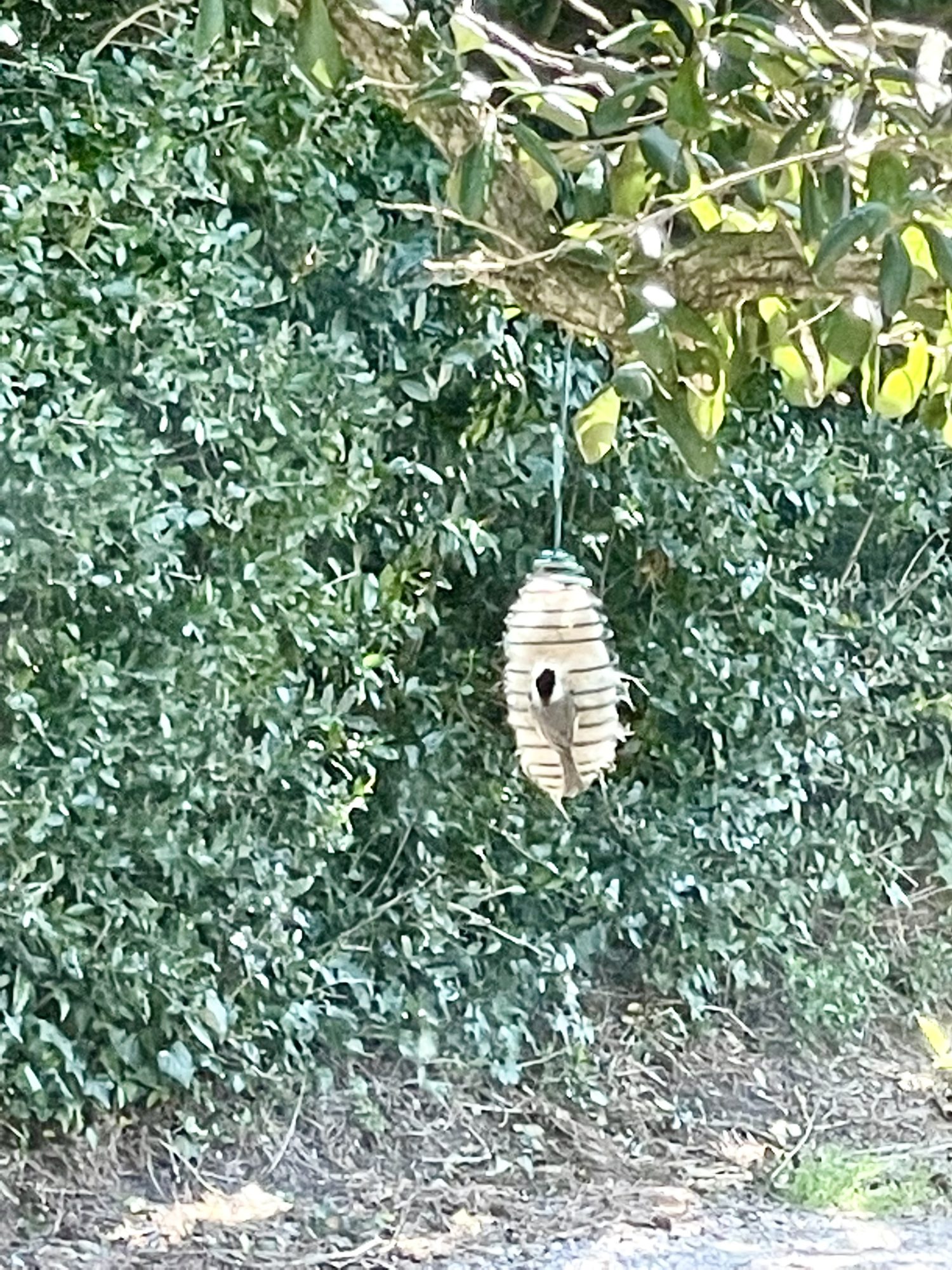
It’s high time to put your hummingbird feeders out.
Pick your holiday. I used to put my feeders out around Tax Day, but when I heard from my friend, Jane Brumley on Knotts Island that she was hanging her feeders on St. Patrick’s Day. I started putting mine out on April Fool’s!
It stood to reason that Knotts Island could be a predictor of when the little birds would start arriving up our way. Knotts Island is as far south as Virginia Beach goes here on the coast. As a barrier island, it is warmed by water all around, so it is more welcoming to hummers a little earlier than our climate is just a little further north.
So far, I have been rewarded by hummers well before Tax Day but not quite as early as April Fool’s Day. This year I’m still waiting.
The nectar formula is one cup of white sugar to four cups of hot water. Mix it well and keep it in the refrigerator. Change your feeder at least once a week when the weather is still chilly but when it warms up, wash and change your feeder every three days or so.
Remember your first hummers might be migrants going further north. After the regulars arrive, and once nesting season begins, you won’t see much of them. The females are too busy building nests and caring for their family. (Insects are the only food the young can eat.)
The deadbeat dads are just zooming around the neighborhood, look for the best feeder bar. Come July, when the babes fledge, the action really starts.
So, when it comes to hummers, the Fourth of July is the next holiday to anticipate.

It’s also time to put out nesting materials for all your birds.
I have had my nesting material container for years and have always filled it with hair from my dog’s brush. The birds appear to love it.
Once I saw a little tufted titmouse actually land on my sleeping golden retriever and grab a tuft of hair from his back side!
This year a chickadee has been plucking tufts of fur constantly from my container. I wish I could see where it is nesting. In year’s past when I’ve cleaned out the bird houses, it’s rare when I don’t find the nests lined with soft dog hair.
Wild birds Unlimited sells little mesh balls full of nest building materials like yarn and string. Or, they suggest using empty suet feeders filled with nesting materials of your choice. If you use human hair, yarn, or string, make sure it is cut short, so baby birds don’t get their feet tangled in their soft bedding.

And last but not least, If you buy a suet feeder for the nesting materials, buy two if you don’t already have one for suet itself.
No bird in early spring likes suet better than the catbird and there’s nothing more fun than having catbirds nest in your yard.
Handsome dark gray with black caps and a red spot at the base of their tails, cat birds skulk around in the underbrush, mewing like real kitty cats, and then pop full out into the open. In the case of the males, they will often sing a repertoire of mating tunes from the treetops like their relatives, the mockingbirds and thrashers.
Both male and female catbirds are not the least bit shy about heading for the suet! And I am convinced the presence of suet helps them decide where to nest.